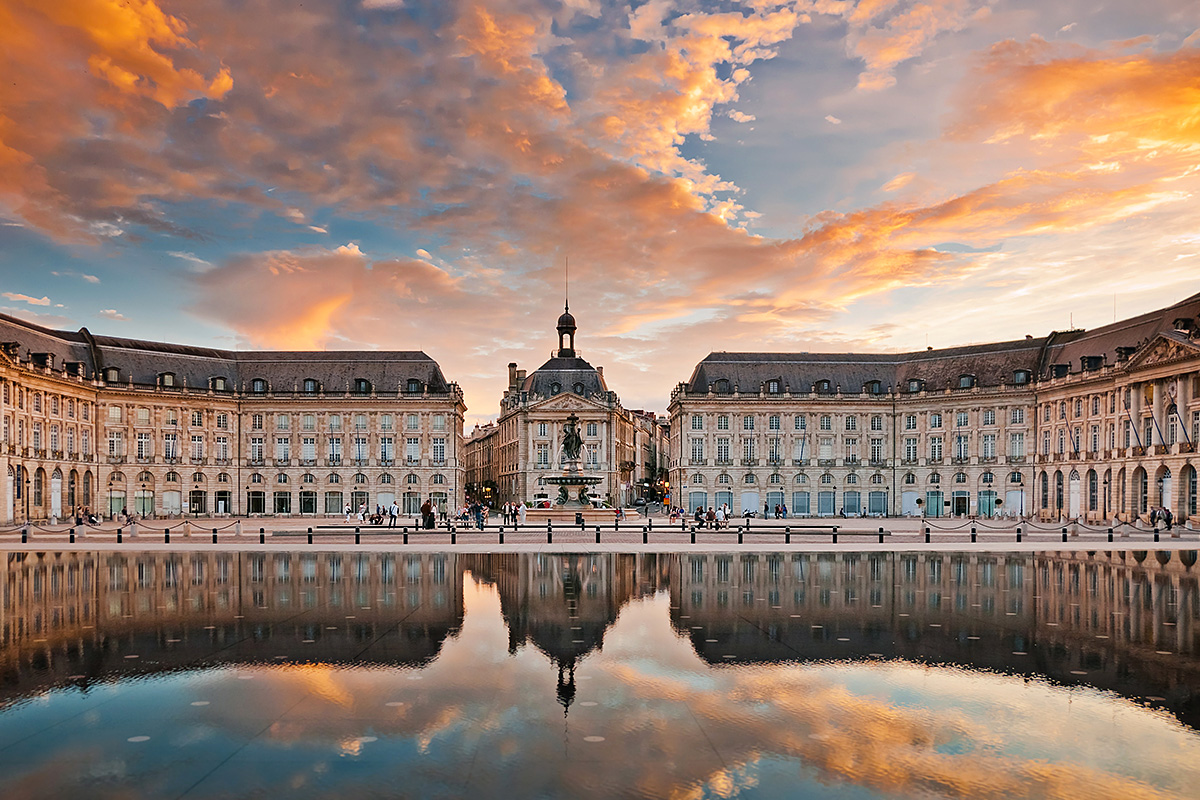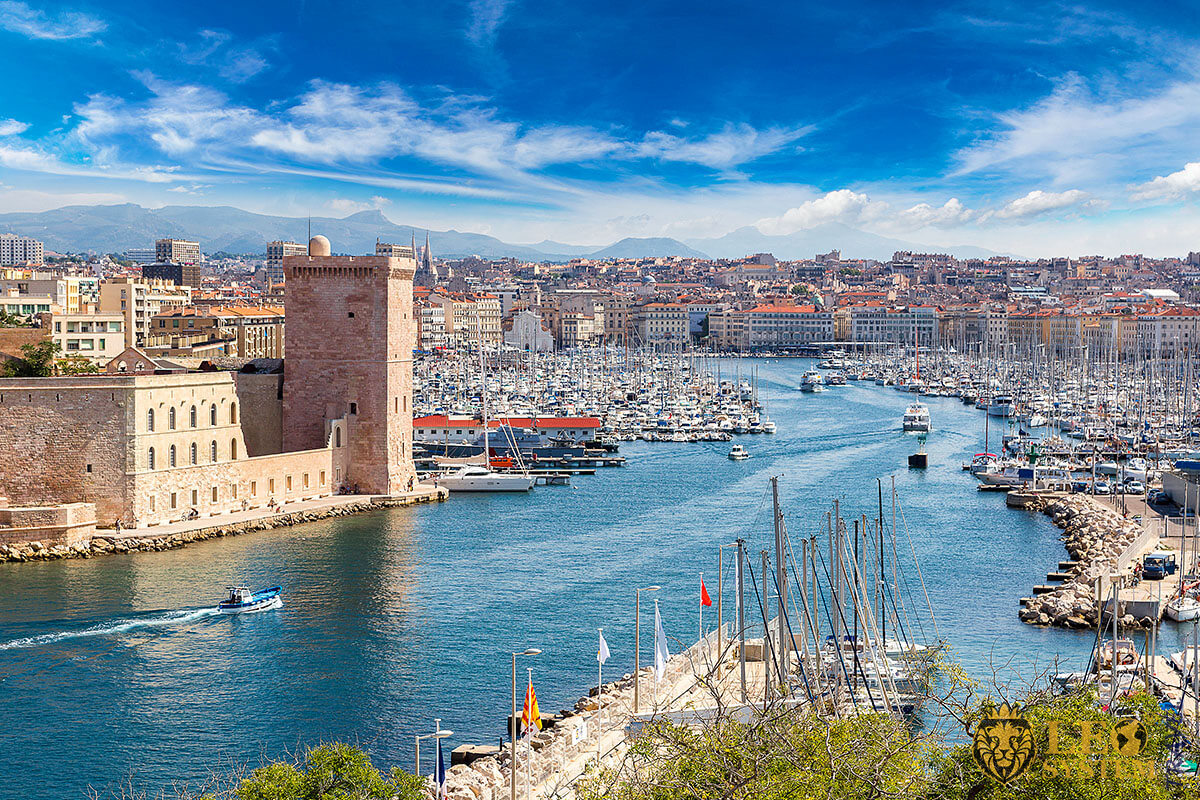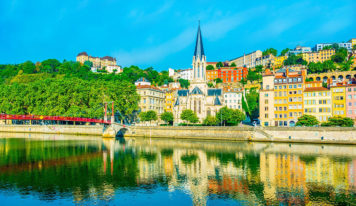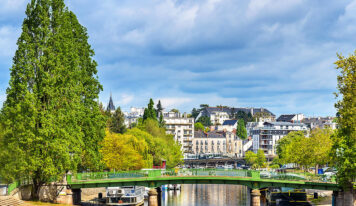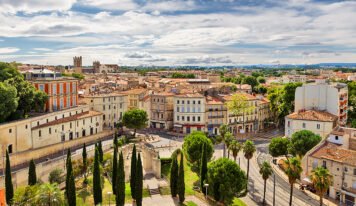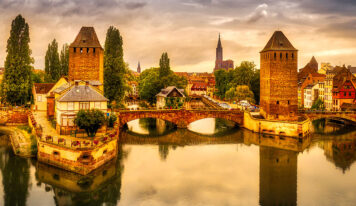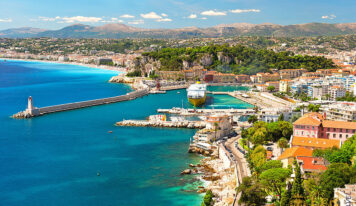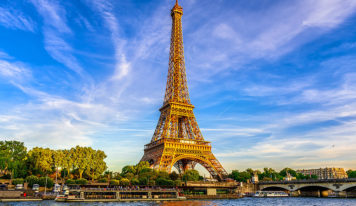In this article on History of the founding of Marseille, France, we will be giving you a basic account of how Marseille was developed over the centuries.
Prehistory.
The first humans to live in the Marseille area appeared between 27,000 BC and 19,000 BC. This was supported by Paleolithic cave paintings that were found in the Cosquer Cave. Evidence of brick-built homes from the Neolithic period (around 6,000 BC) was also found following recent excavations close to the railway station shows that there were buildings on the current site of Marseille over 8,000 years ago.
Antiquity.
Massalia was more than likely the first Greek city in France. It was established within modern Marseille around 600 BC by colonists coming from Phocaea. A second wave followed some 60 years later, following the capture of Phocaea by the Persians. This colony was the real origin of Marseille. Prior to this colony being founded, the area had been populated by the Ligurians, a tribe that originated from the North of Italy.
Massalia became a very important trading city, by the 4th century; it had an estimated population of some 50,000 people. The city was surrounded by a wall. The city was an autonomous aristocratic republic where the top 600 wealthiest people ruled. The city was an important trading place for goods from Gaul and Rome, which was expanding around Massalia. Following an invasion from Gauls and celts in 123 BC, they were forced into an alliance with Rome.
They retained their independence, but Rome created a competing city just along the coast at Narbonne.
Narbonne chose to support Julius Caesar in his war against Pompey, and Massalia chose Pompey who subsequently lost. Massalia was brought under Roman control, although in theory, it retained its autonomy.
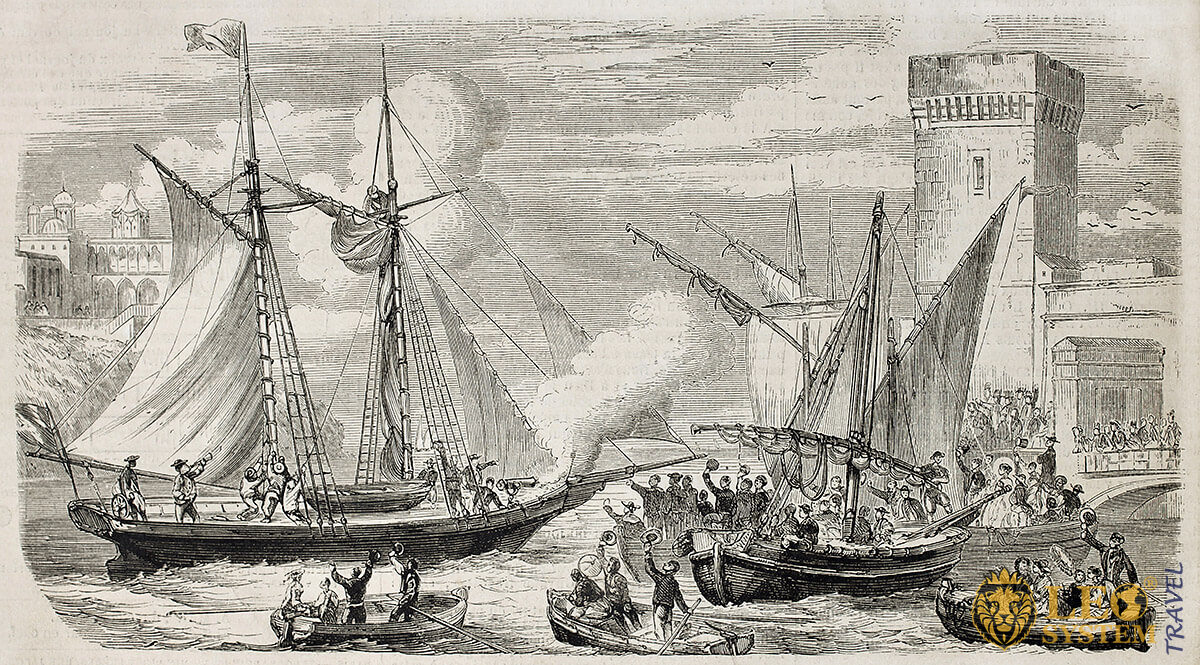
It did lose its trading empire and much of the original Greek (Phocaean) architecture was replaced by Roman. It was during this period that Christianity arrived in the city that was now called Marseille.
Middle Ages and Renaissance.
With the decline of Rome, much of Europe was set back, and Roman civilization lost, but Marseille, thanks to its strong Phocaean walls fared much better, right up until the 7th century the complex Roman infrastructure, like the bathhouses and Forums, was still in use. A shining point of light amongst the surrounding gloom.
However, in 739, the situation was overturned when the de facto ruler of France attacked to assert his authority. Charles Martel was the grandfather of Charlemagne extended the realms of the Franks which became the greatest empire since the times of Rome. Charles Martell sacked the city, and Marseille lost its power and influence for three centuries. During those three hundred years, the Greeks and Saracens were constantly attacking the city.
Marseille was revived in the 10th century by the Counts of Provence and once again given a high degree of autonomy. During this period, Marseille managed to get back much of its wealth and trade.
Changes in Provence resulted in pressures in the 13th century to cede much of the autonomy back and in 1243 the city was under the more direct control of Provence. This led to a series of revolts in 1248, 1250, and 1262. After that revolt, the economic situation of Marseille improved, and they gave no further cause for concern.
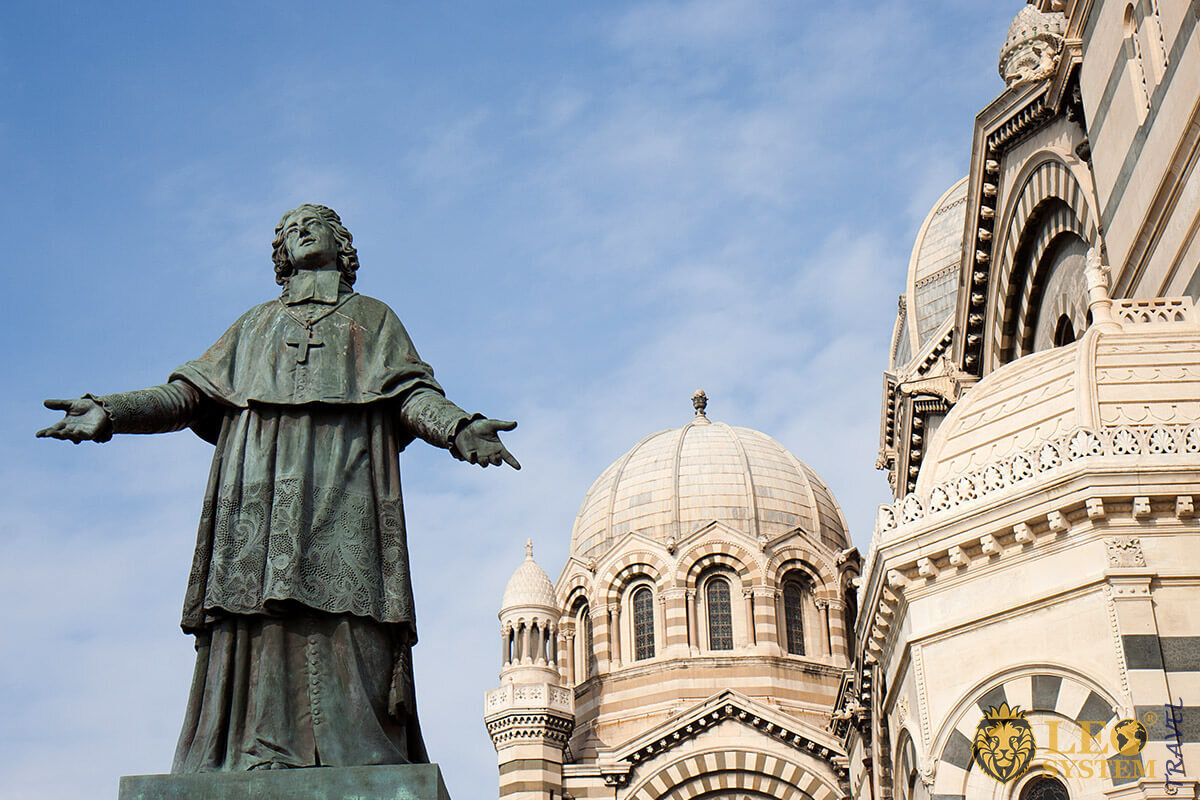
Between 1348 and 1362 the city had recurring bouts of the plague which reduced the city from 25,000 to just 15,000. It is thought that Marseille was one of the first places in France to be hit by the plague. The plague had a devastating effect on the city, and it remained on the decline. The weakened city was attacked by the Aragonese (from Spain) in 1423 and was sacked once again.
14 years later the fortune of the city took a turn for the better when it was selected to become the base from which René of Anjou, the King of Sicily and Count of Provence, established the city as a fortified base. In fact, it became the most fortified city in France, apart from Paris. It was later used by the Duke of Anjou to act has the springboard for his plans to reconquer Sicily.
They greatly reinforced the defenses of the harbor. In 1481 Marseille was incorporated into Provence, and then just one year later it became part of France. In its first few years, it gained a reputation for rebellion against the central government.
In 1536, the powerful port of Marseille was turned into a naval base for the Franco-Ottoman alliance. A Franco-Ottoman fleet was stationed in the harbor and an ongoing threat to the Holy Roman Empire. Genoa was particularly threatened by this move.
This era of the history of the founding of Marseille, France ended with a return of the plague and even further fortifications around the harbor.
18th and 19th Centuries.
During the 18th century, Marseille became the primary French military port in the Mediterranean. In 1720, the city had its last great plague, in which 100,000 of the population of the city and surrounding areas died.
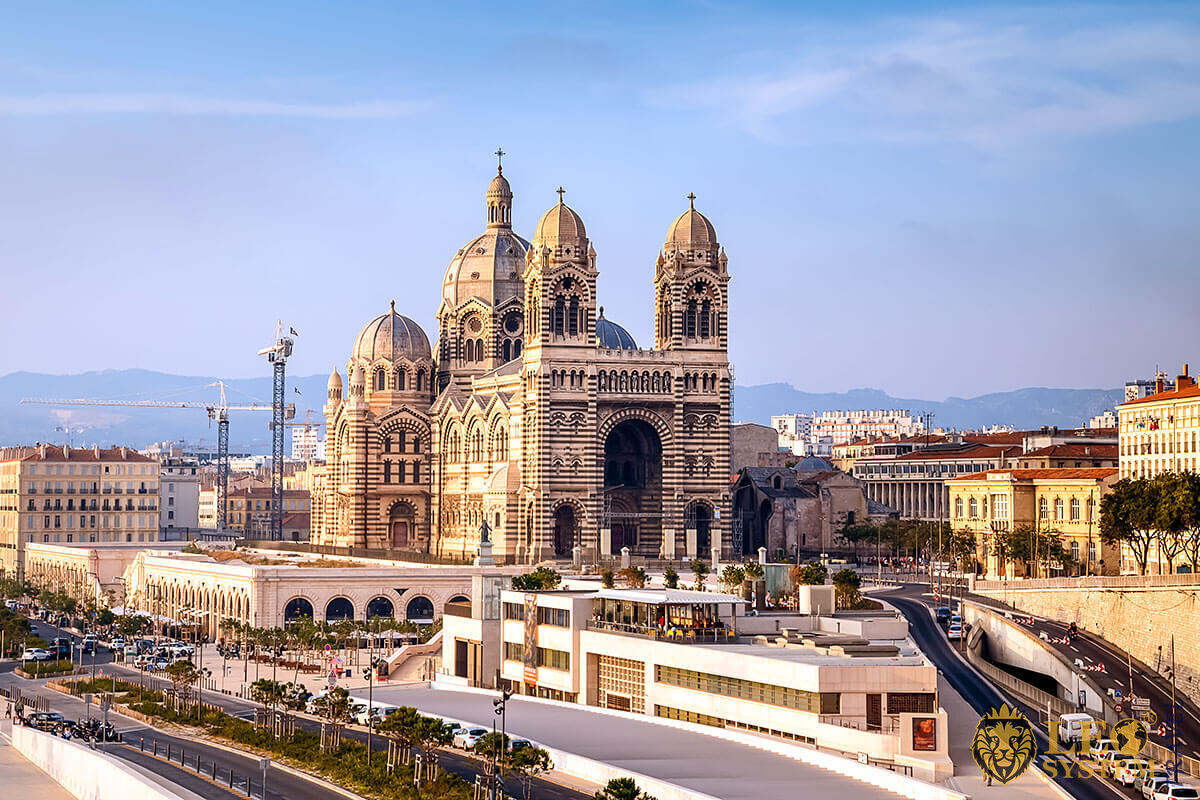
Marseille was an active supporter of the French Revolution, dispatching over 500 volunteers to Paris to fight on the side of the revolution. The song they sang on the way to Paris was known as the Marseillaise and later became the French National Anthem.
The 19th century was a good time for Marseille and its prosperity grew.
1900 up to World War II.
Although Marseille was well away from the front lines in World War 1 it served an important role as a staging point for French colonial troops coming to fight for France. It also served as a staging post for British Empire troops from India, and over 200,000 Gurkha troops. During the interwar years, Marseille became famous for its organized crime, which permeated society.
Marseille after World War II.
During World War II Marseille was occupied by the Germans between November 1942 to August 1944 and 22 January 1943. During this time, the Germans deported 4,000 Jews and sent them to their deaths. The old port was destroyed by the Germans.
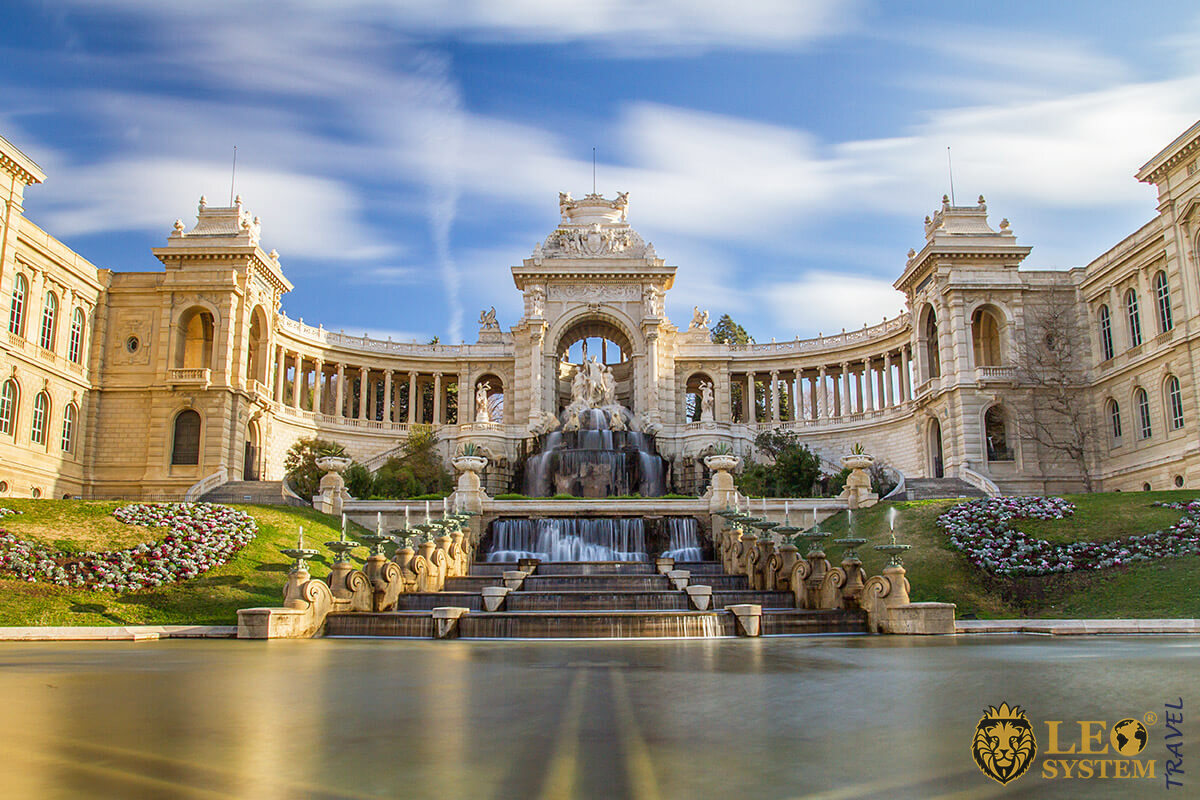
On 29 August 1944, the French forces liberated Marseille in the 1950s the port became a major entranceway to France for immigrants. In 1962, there was a huge number of Algerians who came to France through the port and many stayed, creating a large French African quarter.
That concludes our history of the founding of Marseille France; we hope that you have found it both informative and entertaining.
Read the article: 10 Popular Attractions in Stockholm, Sweden

